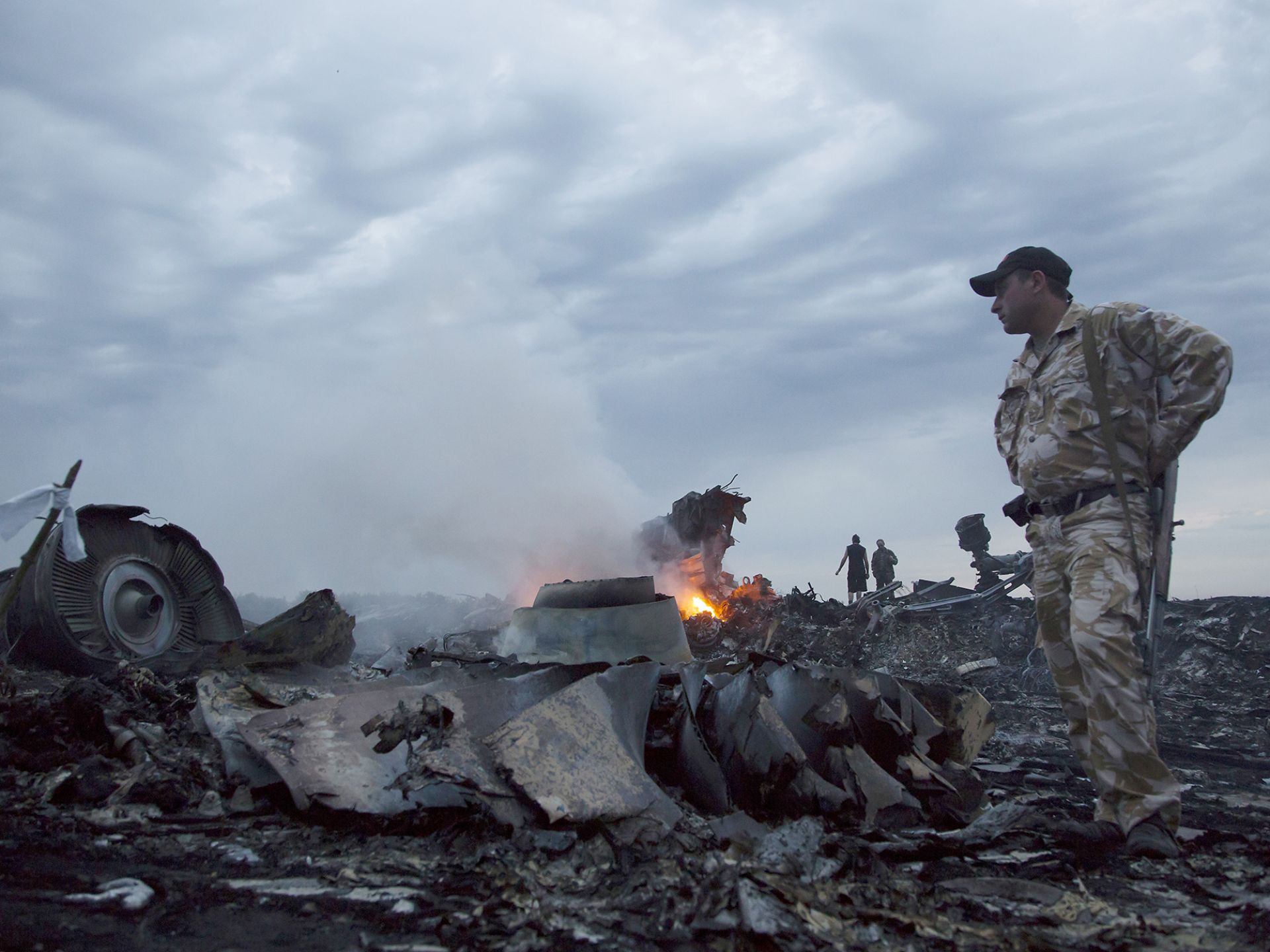
A team of U.S. military experts from U.S. European Command (EUCOM) is on the ground in Kiev to assist in the ongoing investigation into the shoot down of a Malaysian airliner in last month.
The EUCOM team was deployed to Ukraine at the request of the U.S. State Department, and will primarily conduct “advise and assist” operations to the international team heading up the investigation, Pentagon spokesman Adm. John Kirby told reporters Monday.
The roughly 12-member team will also draft recommendations for possible avenues of support to the investigatory team for American diplomats stationed in Kiev, he said during a briefing at the Pentagon.
“Recovery operations is something, tragically and unfortunately, the U.S. military has to do and has to be good at. And these people . . . [were] asked by the State Department to come help and assist,” according to Kirby.
He declined to comment on the specific makeup of the EUCOM team, or how long they would be on the ground in Ukraine. However, he did note the expertise of team members covered “a wide swathe of military occupational specialties” from communication specialists to logistics experts.
That said, Kirby noted the team would not be deployed to the actual crash site, located in eastern Ukraine near Dontesk, but remain near the U.S. embassy in Kiev for the majority of the deployment.
The request for U.S. military help into the ongoing inquiry into the apparent shoot down of Malaysian Airlines Flight 17 highlights the difficult and dangerous mission facing the international community, whose efforts have been stymied by Russian interference and ongoing violence in the region.
Investigators from the Organization for Security and Cooperation in Europe (OSCE) have only been able to visit the crash site a handful of times since July.
Most recently, a site visit by OSCE teams was quickly ended after Russian separatists in the region engaged Ukrainian forces in nearby Dontesk.
Russian-backed fighters have also sought to limit OSCE’s access to the site, with some regional observers claiming that effort was to allow the removal of evidence from the scene.
Shortly after the shootdown, news reports suggested the airliner was taken down by a Russian-built surface-to-air missile system, provided by Moscow to Russian separatists in the region.
Moscow has repeatedly denied any involvement in the incident, however EUCOM chief Gen. Philip Breedlove confirmed in June that anti-aircraft weapons were part of heavy weapon shipments being sent to pro-Russian rebels in eastern Ukraine.
Breedlove also told reporters in June that training missions being carried out by Russian forces along the eastern Ukrainian border included the use of vehicle-borne anti-air missiles, similar to the weapon system suspected of being used in the airliner shootdown.
The investigation is also being endangered by Russia’s recent military buildup along the Ukrainian border, according to Kirby.
“We continue to see the Russians reinforce those units along the southeast border with Ukraine . . . [and] it’s certainly north of 10,000” troops, he said Monday.





